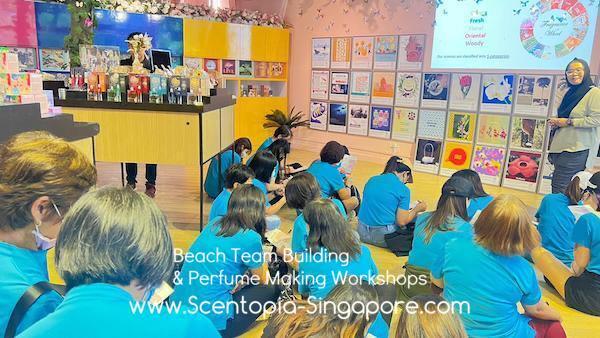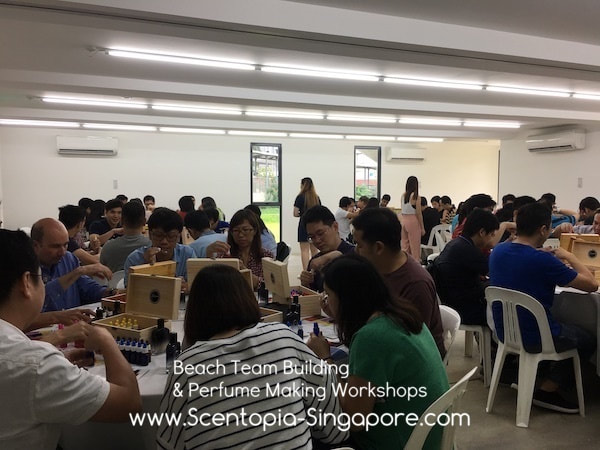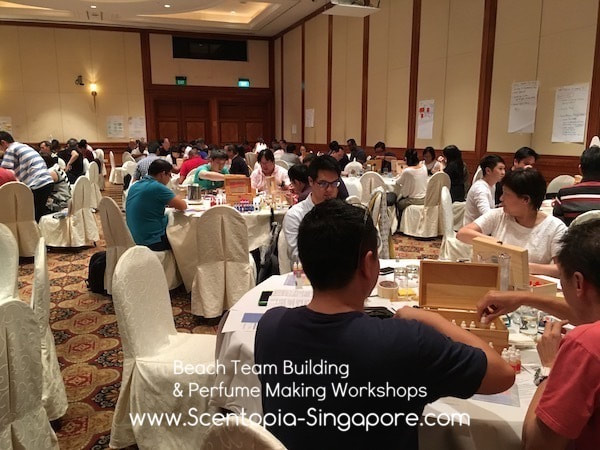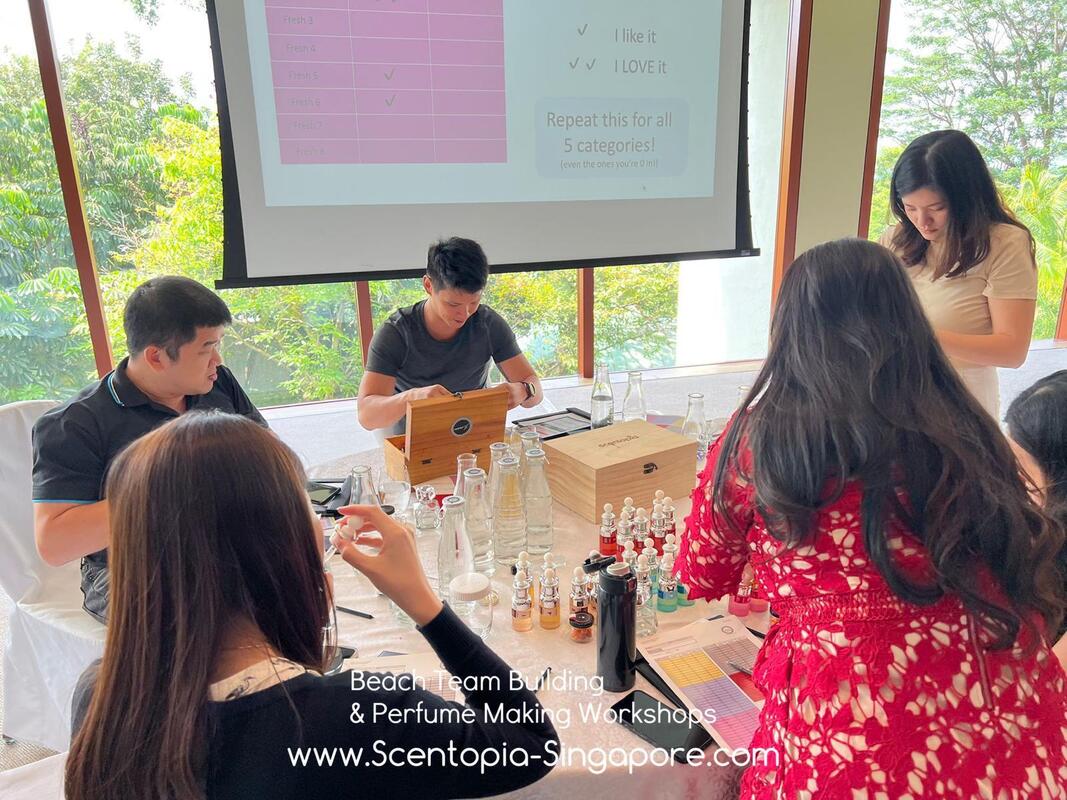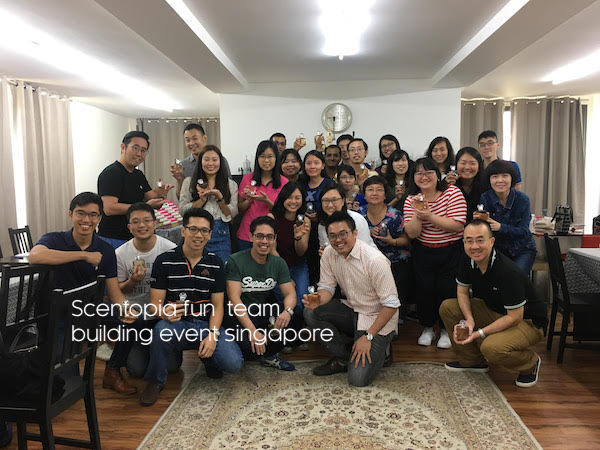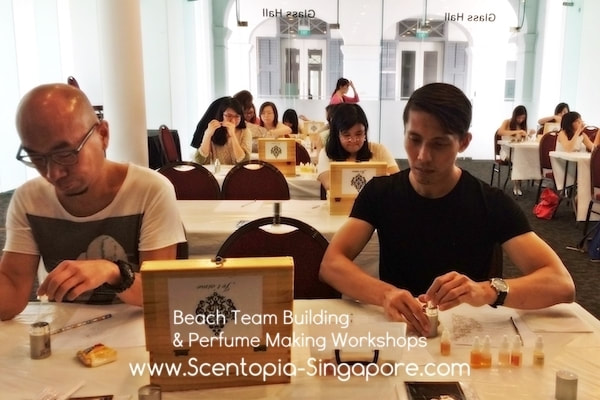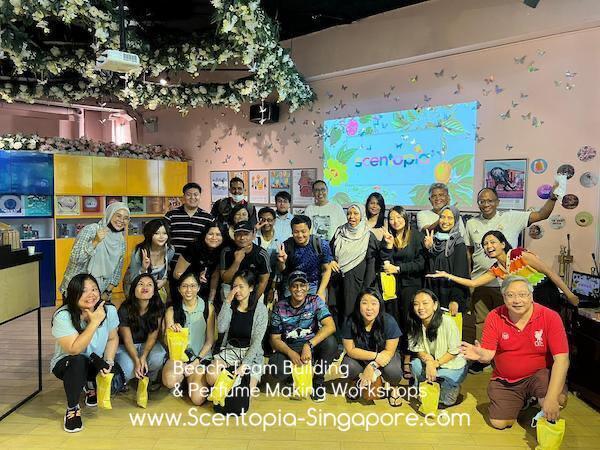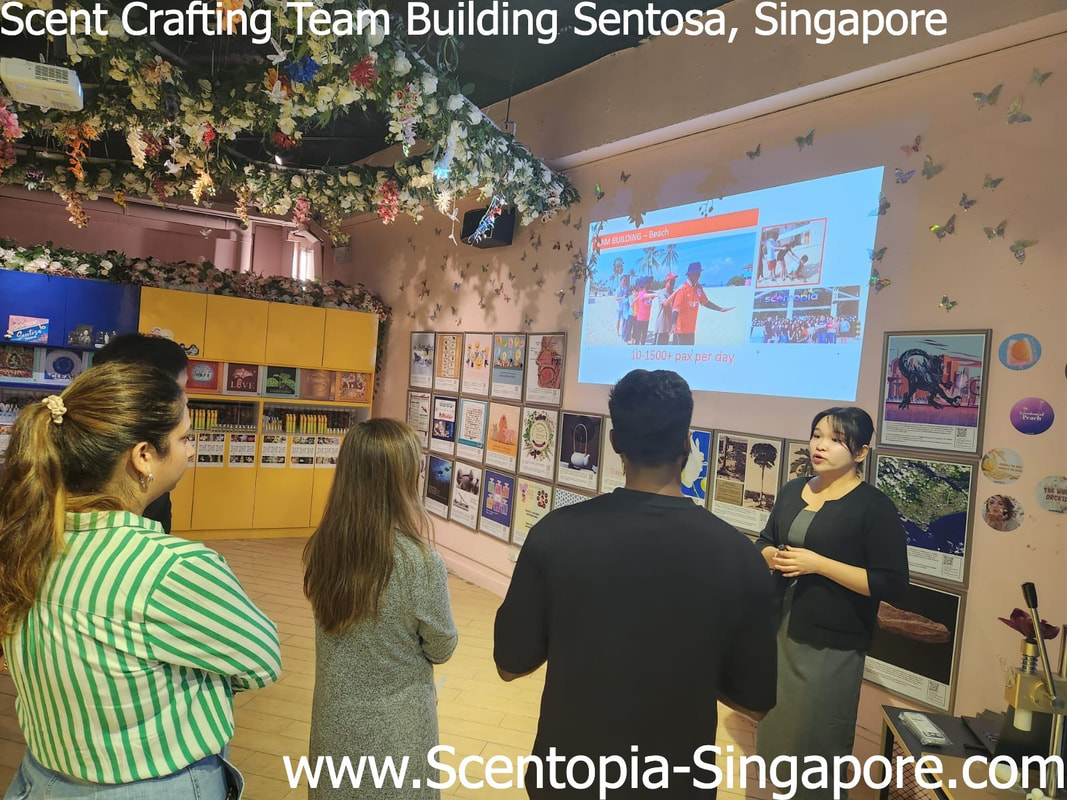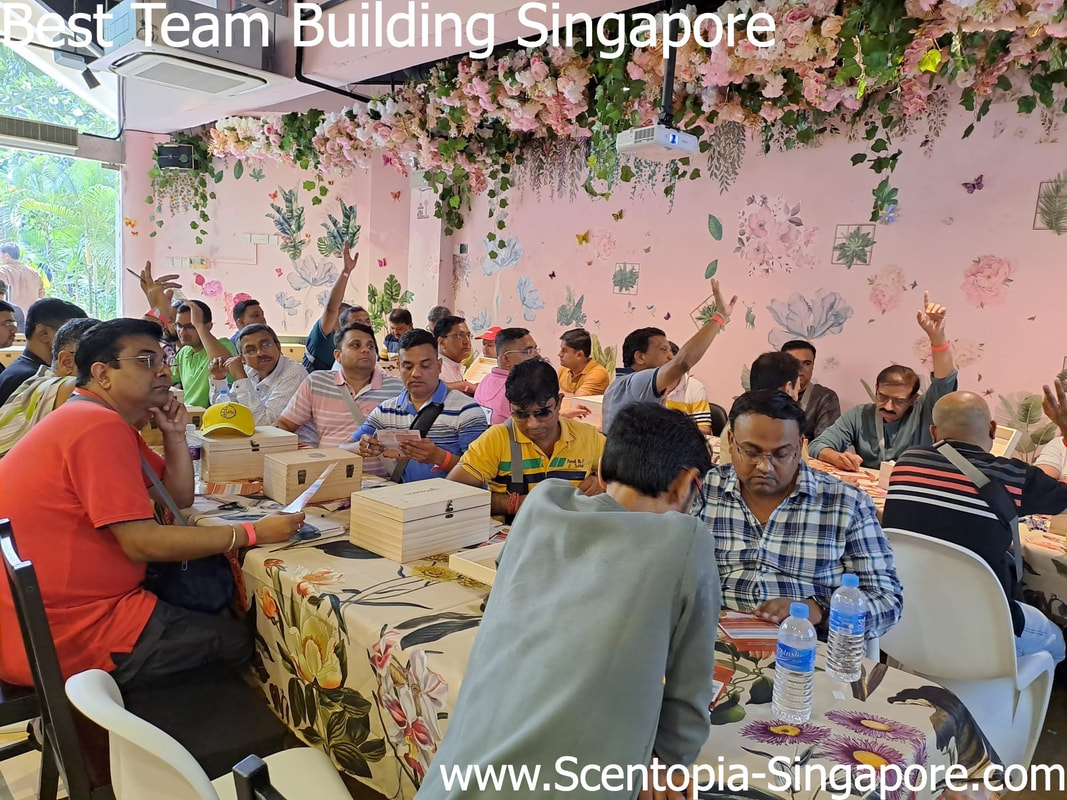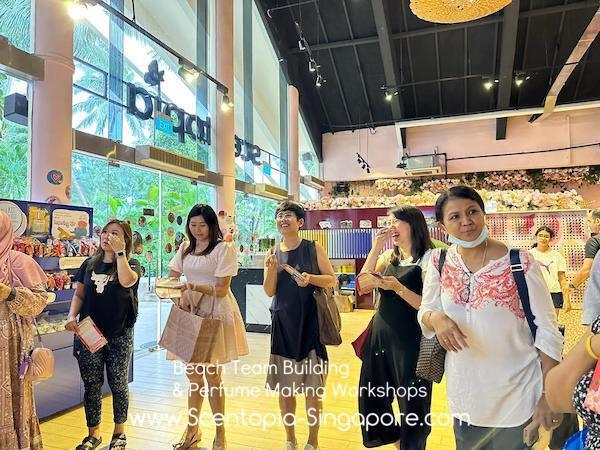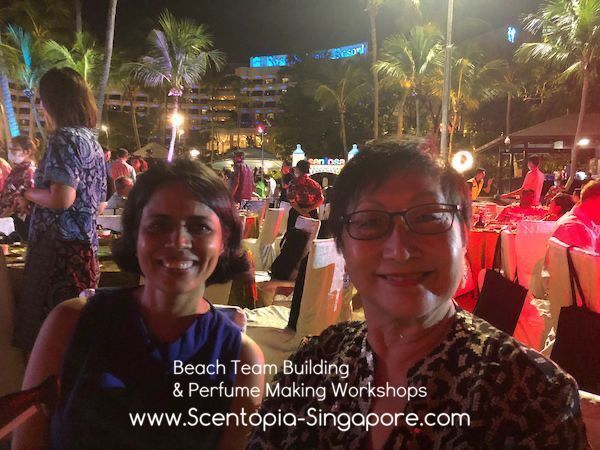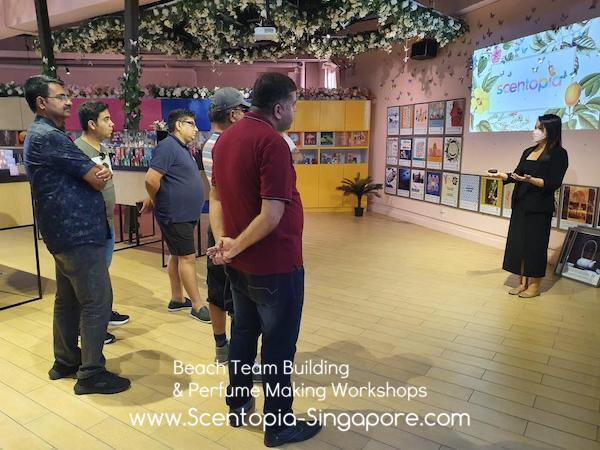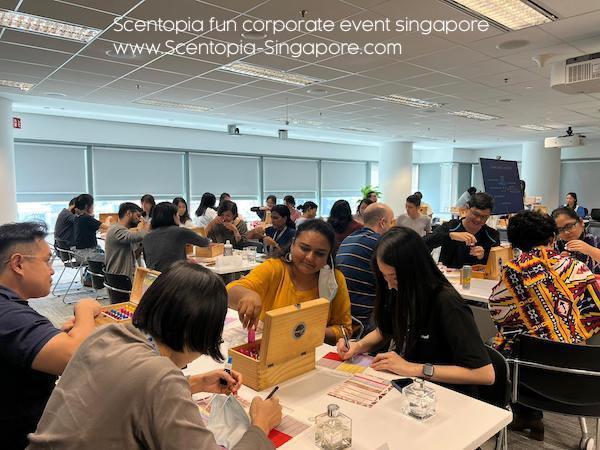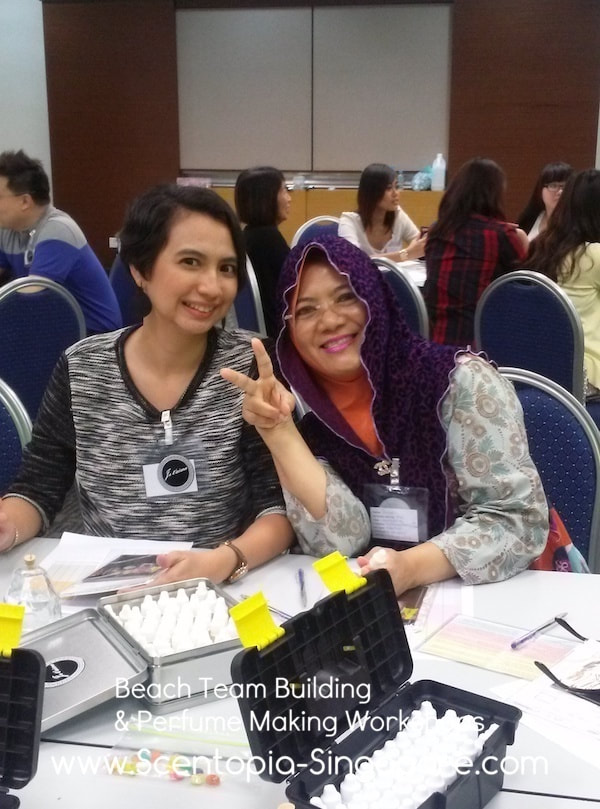Dealing with workplace conflict
In every organisation, it is inevitable that there would be conflicts among co-workers. But how should we address them in a certain manner to make sure that we can better prevent the same things from happening in the future?
When there is discord in a company, it affects everyone in it. The rising tension causes people to be uncomfortable and if not handled correctly, other employees would feel discouraged and even affect the company's productivity.
When there is discord in a company, it affects everyone in it. The rising tension causes people to be uncomfortable and if not handled correctly, other employees would feel discouraged and even affect the company's productivity.

